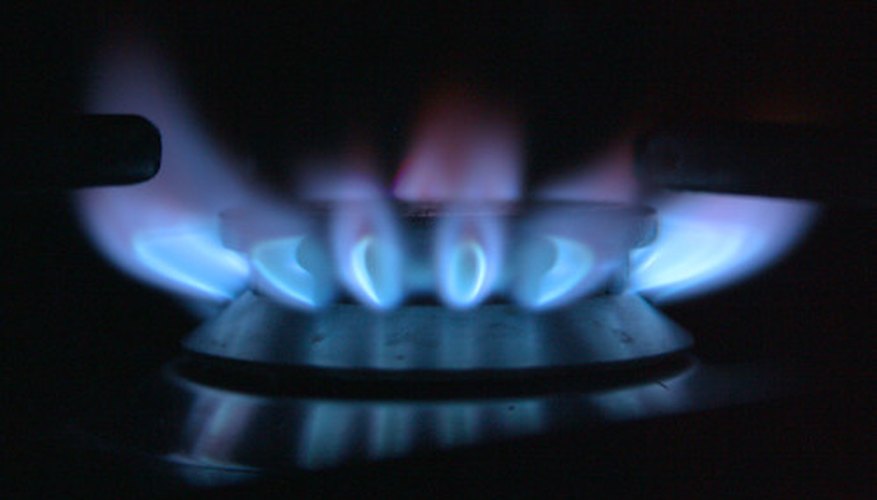Methane exists as a gas and hexane in liquid form at room temperature because intermolecular forces affect the molecules of these substances differently.
Significance
When molecules of a substance stick together very firmly, it exists as a solid; when they stick somewhat firmly, the substance exists as a liquid; and when they barely attract each other at all, the substance becomes a gas. Intermolecular forces affect how molecules attract each other.
Types of Intermolecular Forces
Different forces affect different compounds. Common intermolecular forces, also called Van der Waals forces, include hydrogen bonding, dipole-dipole force, and London dispersion force or temporary dipole force.
London Dispersion Force
Hydrocarbons, such as methane and hexane, being nonpolar, only experience the London dispersion force--an effect that forms temporary poles in molecules, causing molecules to attract one another.
- Methane exists as a gas and hexane in liquid form at room temperature because intermolecular forces affect the molecules of these substances differently.
- Hydrocarbons, such as methane and hexane, being nonpolar, only experience the London dispersion force--an effect that forms temporary poles in molecules, causing molecules to attract one another.
Effects
Since larger alkane molecules have more surface area, London dispersion force affects them more strongly and makes them group together in a more stable manner. This condition makes the boiling point of a larger alkane higher than that of a smaller alkane. Methane and hexane exemplify this trend.
Boiling Points
As Elmhurst College describes, methane boils at negative 164 degrees C (-128 degrees C) whereas hexane boils at 69 degrees C (68.9 degrees C.) This makes methane a gas and hexane a liquid at all normal temperatures on the Earth's surface.
